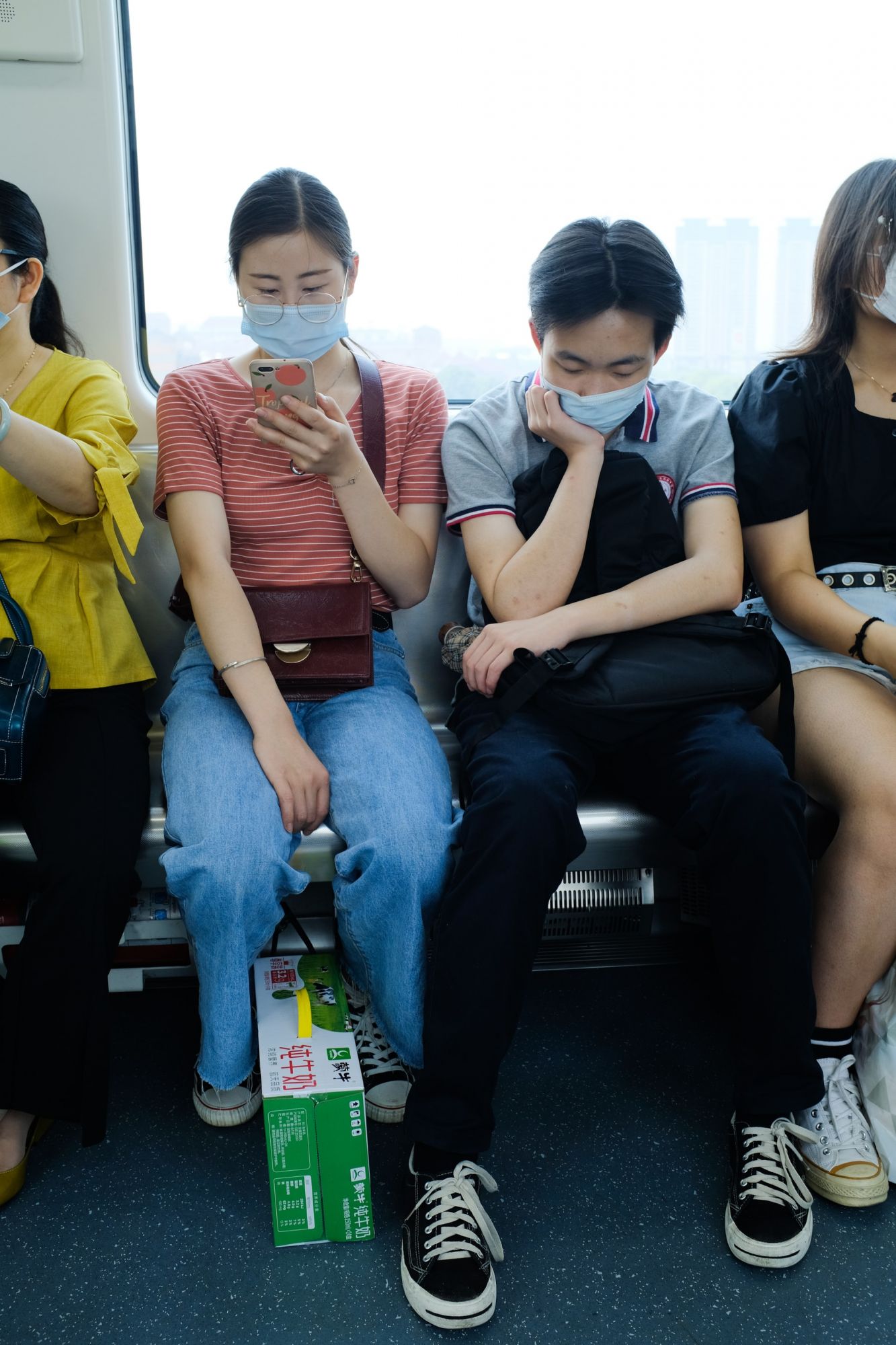It's officially been a year since the World Health Organisation (WHO) declared a pandemic. Now, we're looking back—and forward—at how the pandemic changed and continues to change, our lives
Happy COVID-anniversary. It's been 365+ days since the World Health Organisation (WHO) first announced the pandemic on the 11th of March 2020. Back then, everyone was clueless about what it entailed, and pandemic fatigue was the furthest thing from everyone's minds. The streets were empty and malls were devoid of everyone except those on grocery runs. Since then, however, stringent measures have been lifted. It's ironic that everyone seemed so afraid between those three months when cases were at mere hundreds per day. Now, people seem relieved when the tally comes at less than 3,000.
What can we say? Pandemic fatigue is real.
Read also: Tatler Heroes: Filipinos Leading The Fight Against Covid-19




